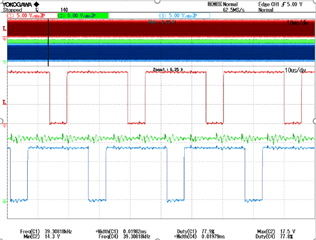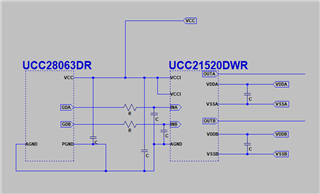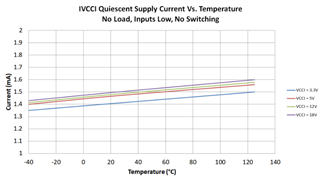Tool/software:
Hi team,
Could you give me the imformation about the topic in question?
1. I_VCCI quiescent supply current at VCCI =5V - 18V
2. Supply power to INPUT SIDE at VCCI =5V - 18V
When I tested UCC21520DWR, VCCI - GND shorted.
Test Condition:
VCCI=16V, VDDA-VSSA=16V, VDDB-VSSB=16V, INA=INB=16V(swiching frequency 20kHz-100kHz), VDT=VCCI
I suspect that INPUT SIDE supply power exceeded Safety supply power 50mW.
Please kindly advice if you find any doubt. Thanks.
Best Regards,
Iura





